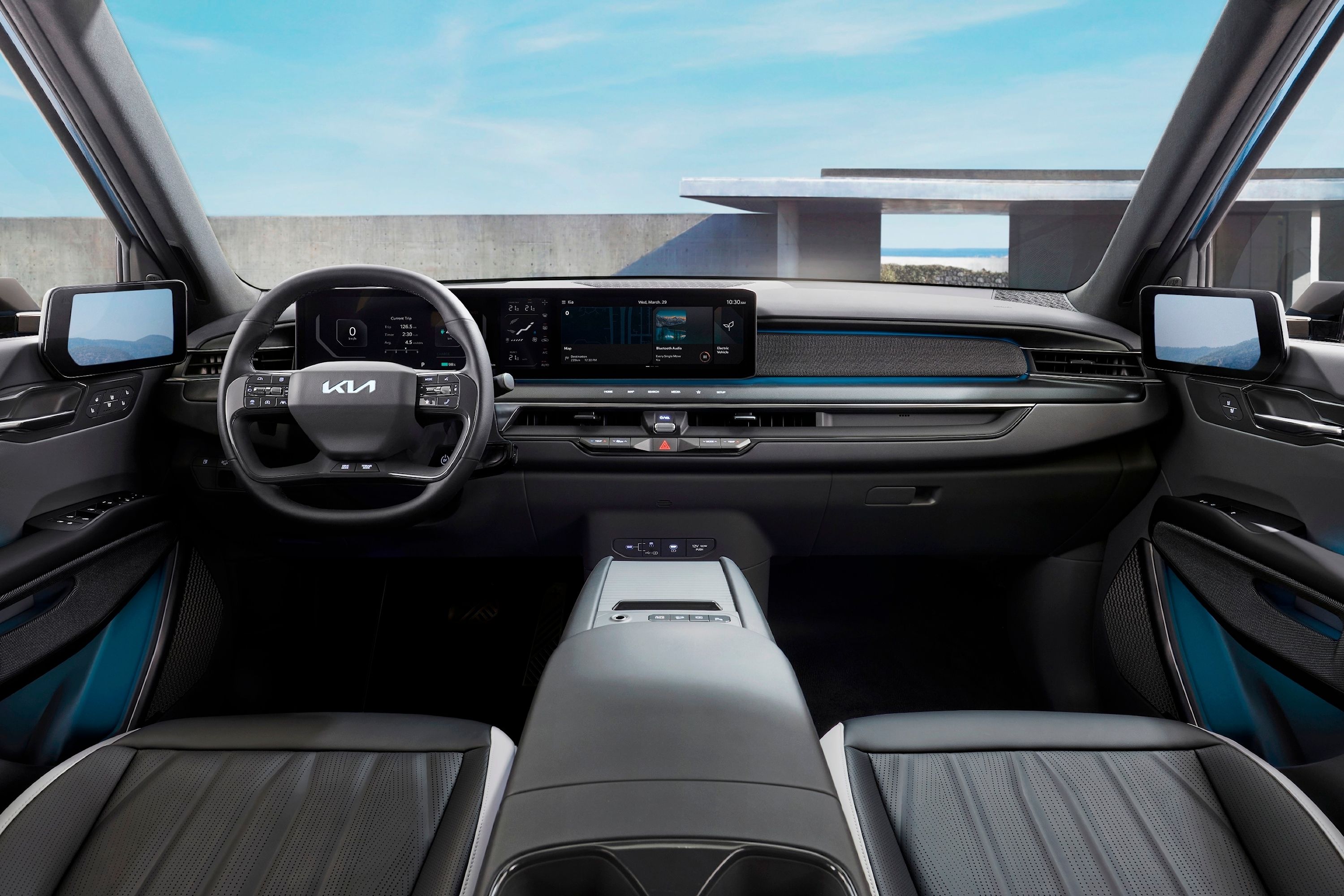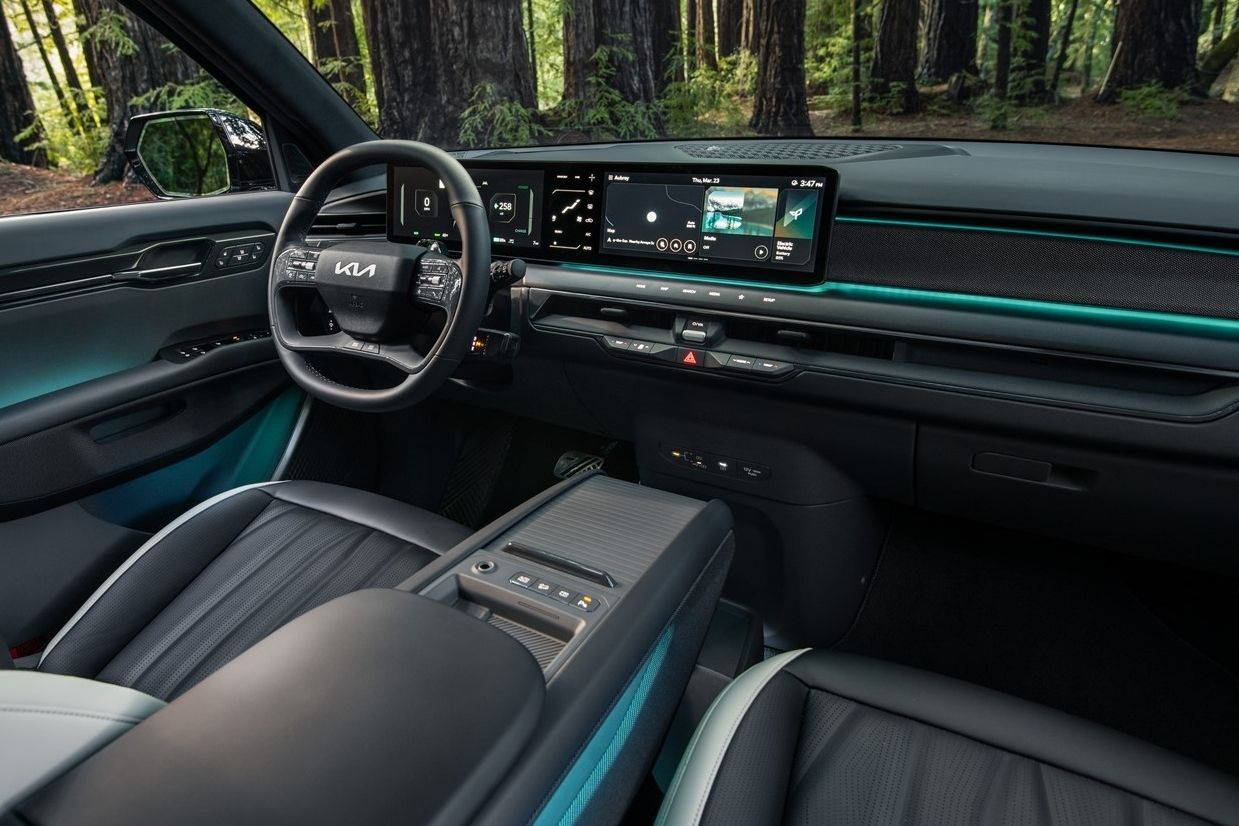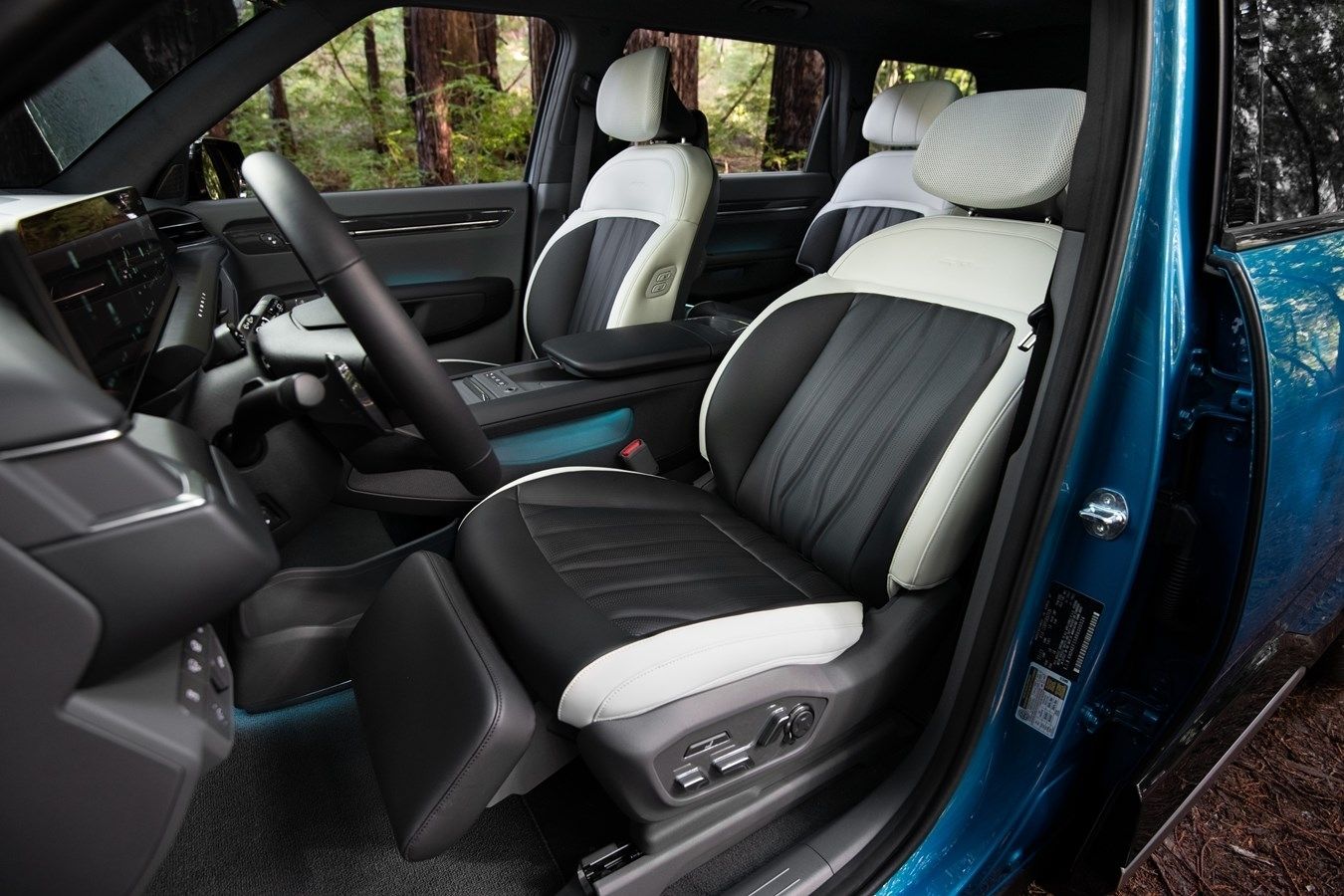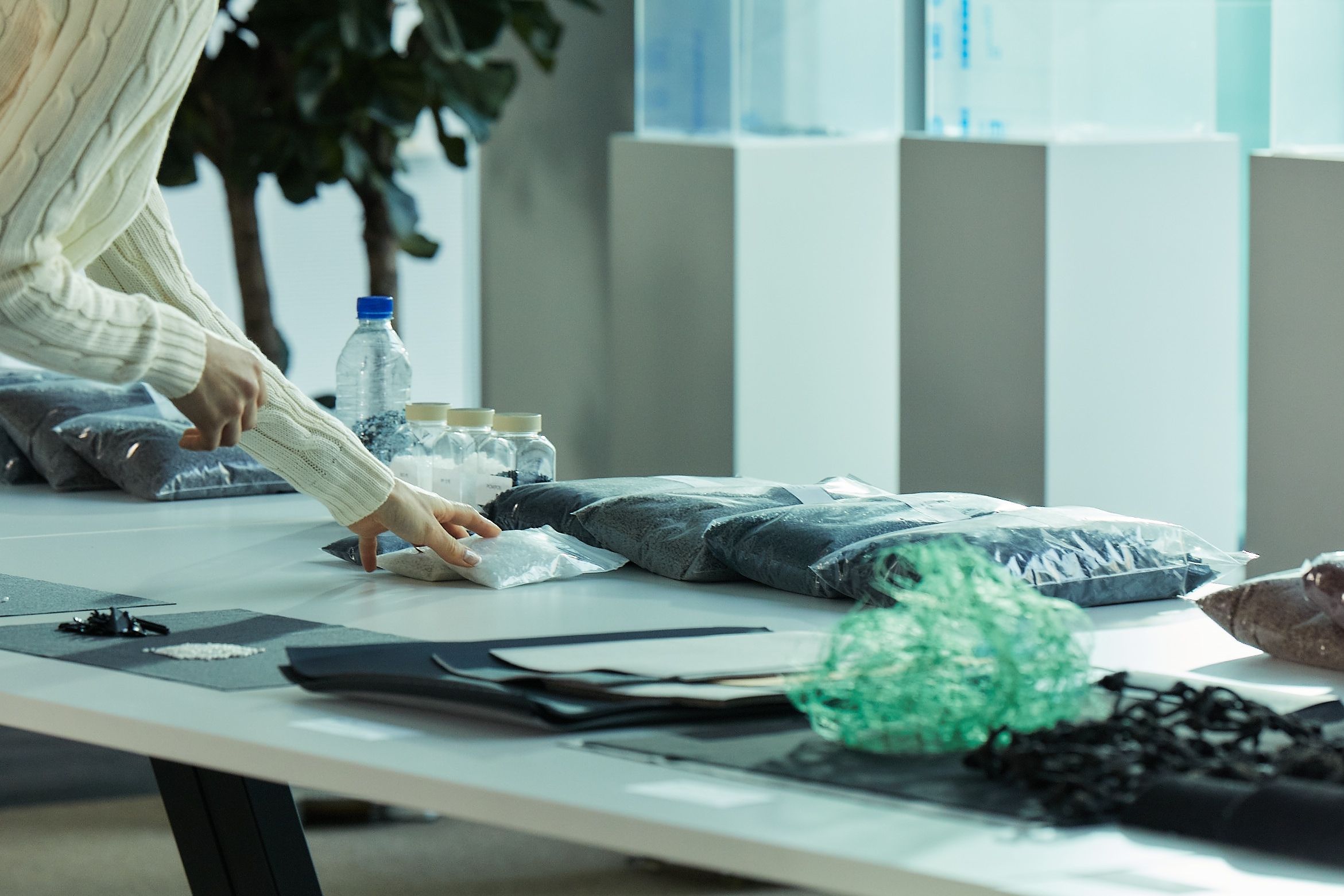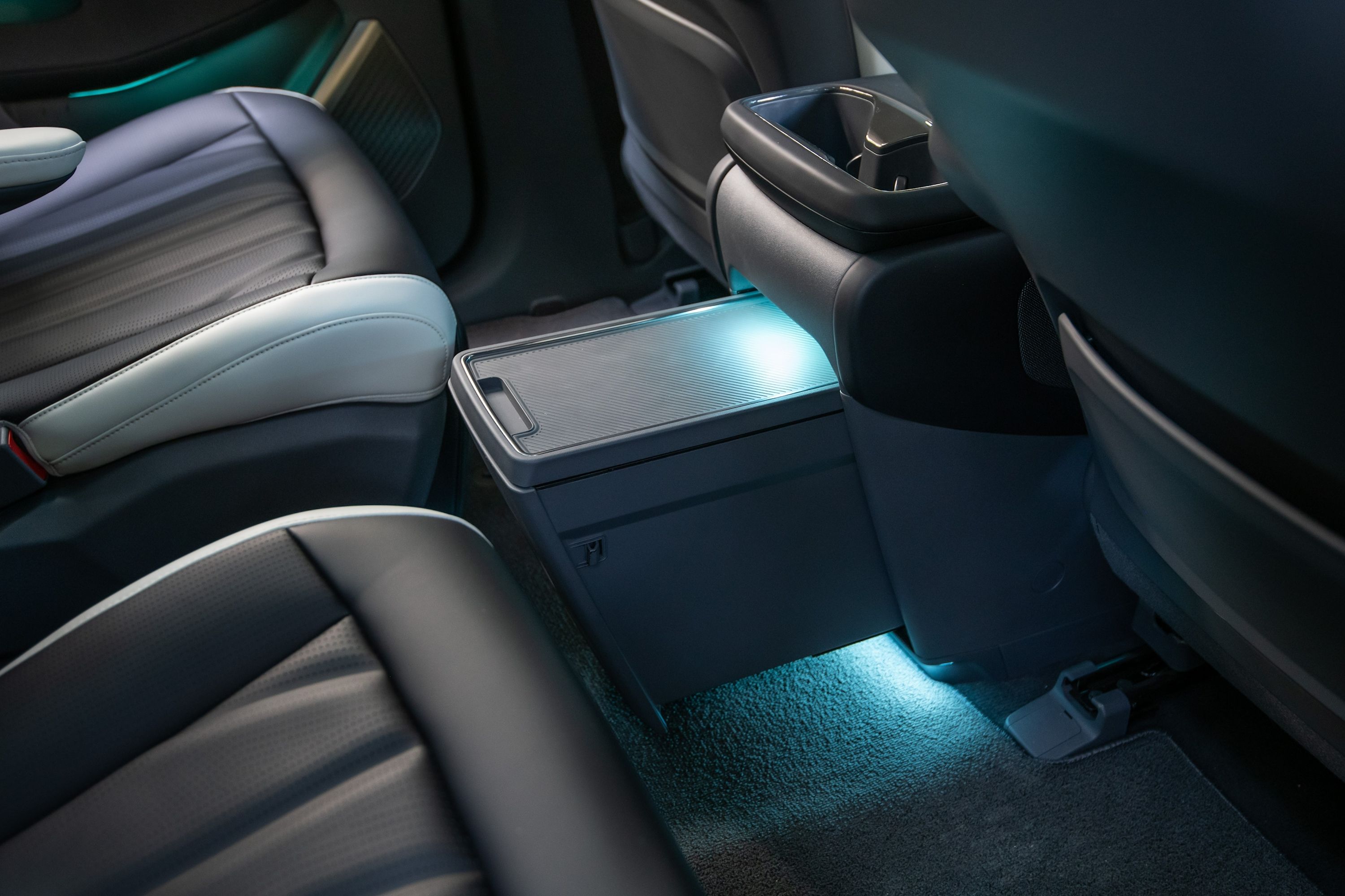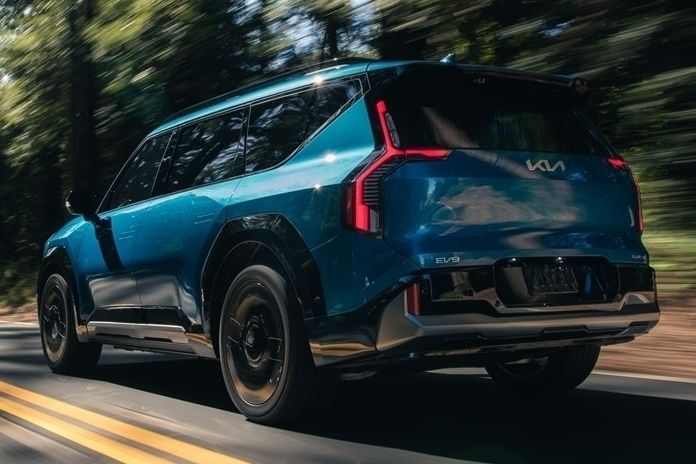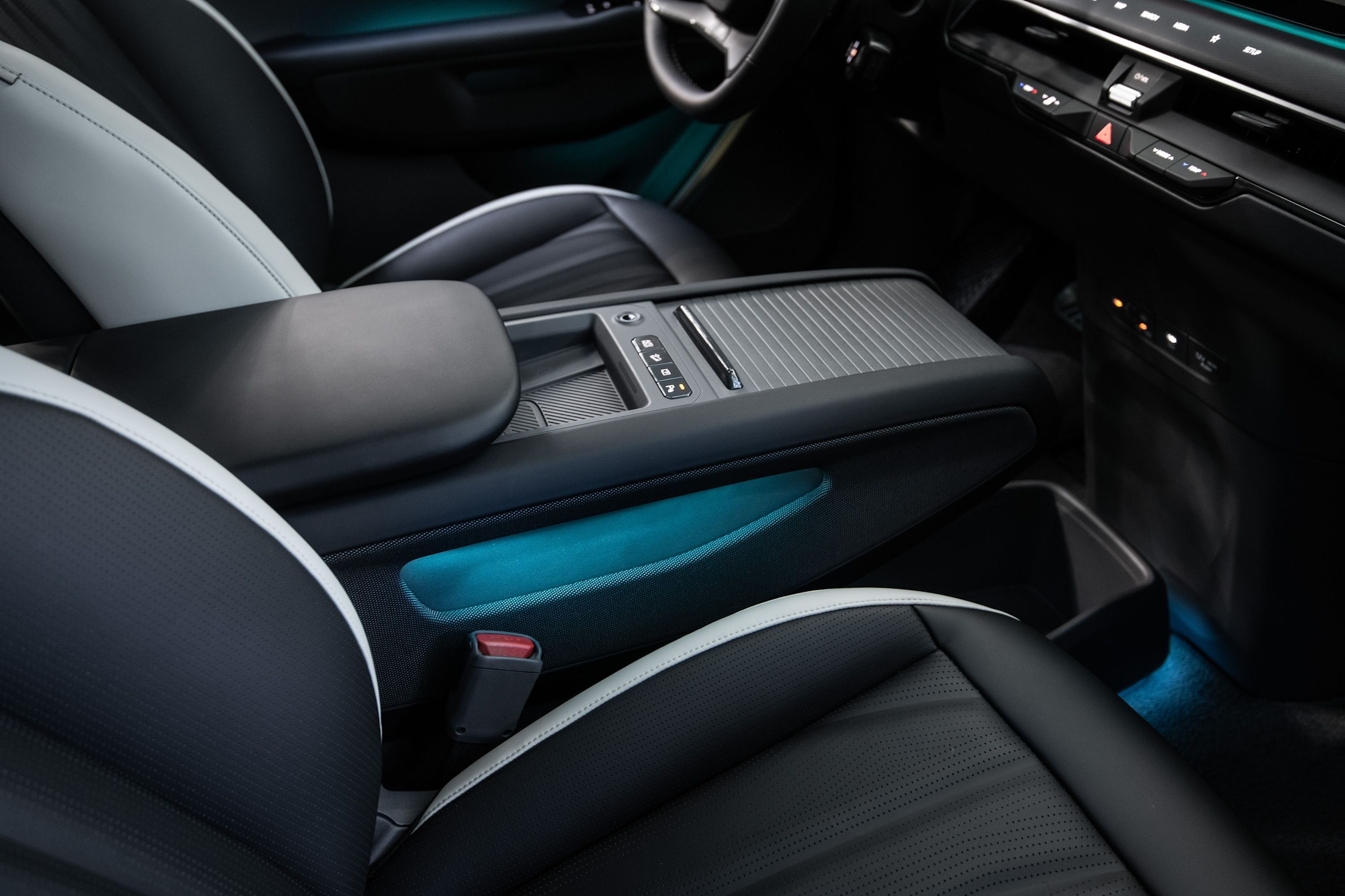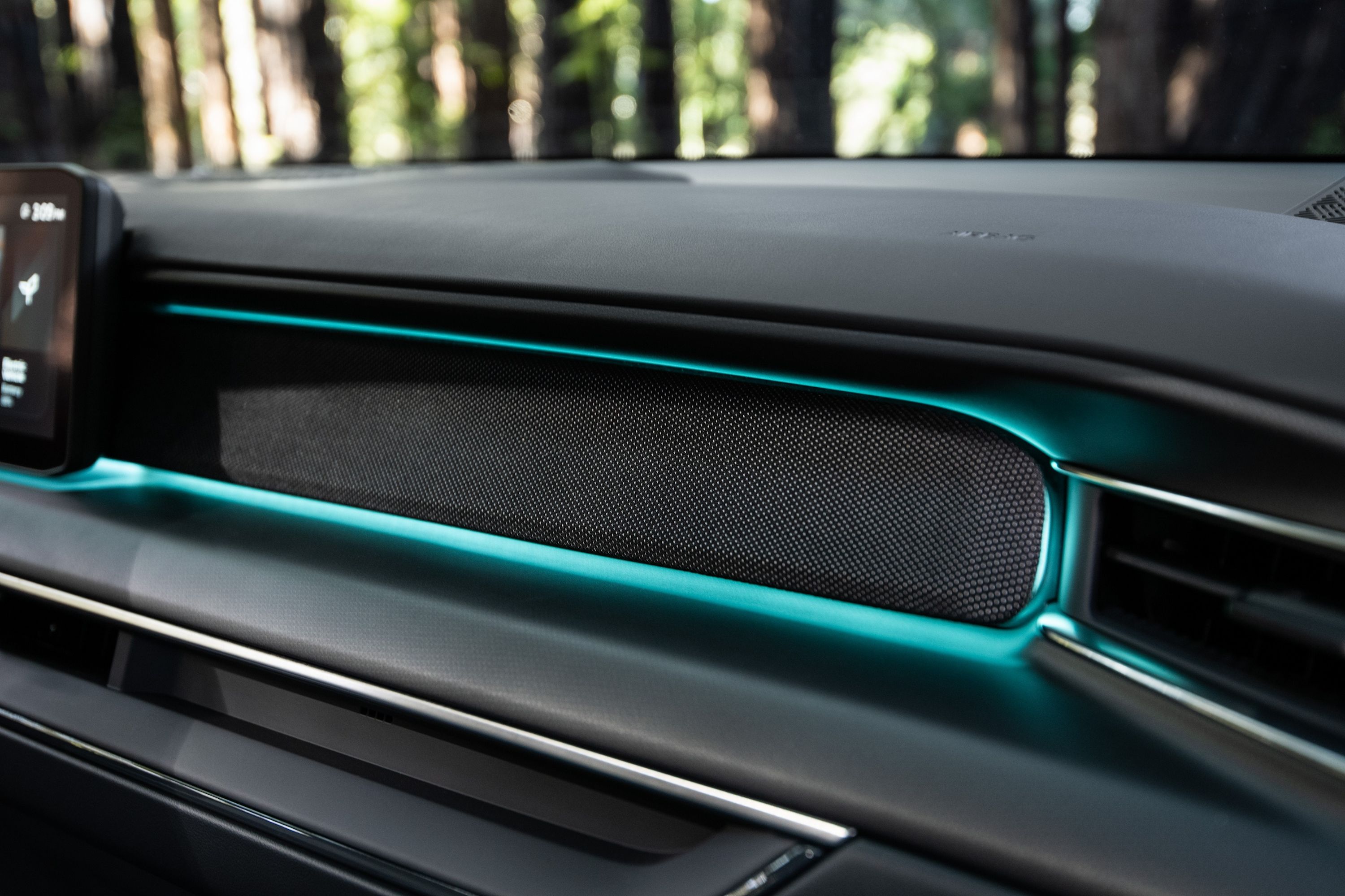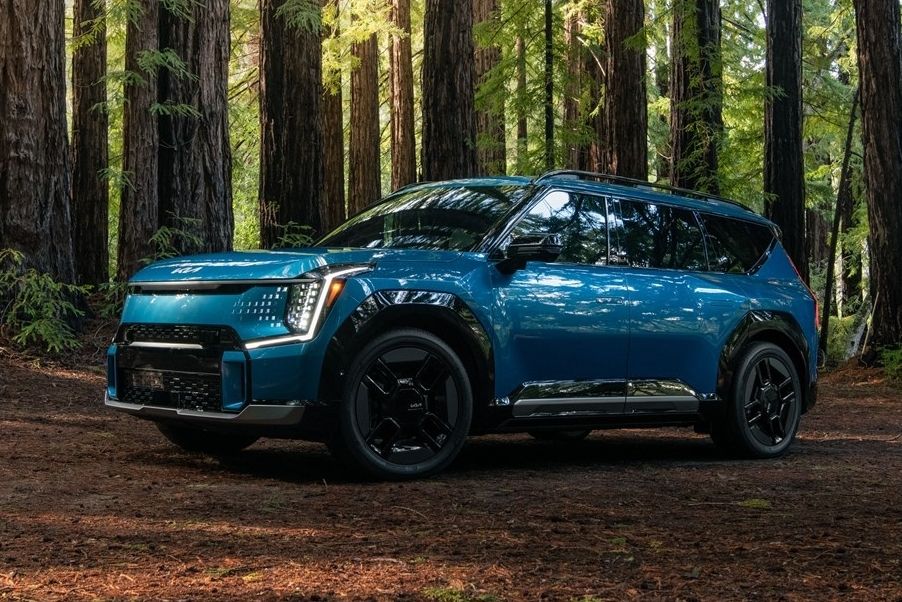
We often think of sustainability in the automotive sector as primarily involving the transition from gas-powered cars to electric ones, but Kia has just detailed the full extent to which it has replaced traditional interior materials with sustainable ones in its new EV9.
Many manufacturers have started moving away from genuine leather upholstery, but the EV9 goes far beyond this with no less than 10 essential sustainable materials that will soon appear in all new Kias. The implementation of these materials forms part of Kia's Design Sustainability Strategy that aims to phase out leather entirely while building towards entirely carbon-neutral operations for the company by 2045.
So, does the new Kia EV9 smell and look like a rainforest inside? Not quite, but the effort that Kia has put in to source and manufacture these greener materials is quite extraordinary - let's look into each one.
1. Bioplastic
Bioplastic can be used for components like the dashboard, console, and pillars and is found throughout the EV9. It is produced using several renewable biomass sources like corn extract, vegetable oils, sawdust, and sugar cane.
Besides lowering the reliance on fossil fuels, it also reduces the exposure to hazardous chemicals. Kia's parent company, Hyundai, has already sourced materials in this way for models like the Nexo, so the EV9 builds upon its experience in this area.
2. Post-Consumer Material (PCM) Plastic
PCM plastic has been used for the door garnishes in the EV9, and instead of plastic made from new pellets, it is manufactured from recycled material from existing products. Using PCM plastic lowers the amount of plastic waste in landfills, and thereby decreases the amount of environmental pollutants.
3. Bio PU
As part of Kia's work to eliminate the use of leather, Bio Polyurethane (PU) is found in the seats and interior coverings of the EV9. It uses plant-based components, lowers carbon emissions, and contributes to comfortable seating thanks to its breathable feel and good support.
4. Recycled PET Fabric
Polyethylene terephthalate (PET) has almost as many applications in the EV9's cabin as it has letters in its name, featuring in areas like the seats, sun visors, garnish, headliner, and headrests. It's one of the most easily recycled plastics around and works well for covering exposed surfaces due to its resistance to moisture, solvents, and impacts. PET is also being used by Mini inside the upcoming electric Countryman.
5. Recycled PET Carpet
As its name demonstrates, PET carpets cover the cabin floors of the EV9, and are made from 100% recycled PET as well as recycled fishing nets. Kia says that 640,000 tons of fishing gear are discarded in the oceans annually, and using these materials to produce carpets helps to eliminate this threat to marine life.
6. Bio PU Foam
Used in the EV9's headrests, polyurethane (PU) foam is made using natural oils, creating a suppleness that makes it suitable for this part of the EV's cabin. Because of its compression and durability qualities, it is also used outside of the automotive industry for footwear, furniture, and bedding.
7. Bio Paint
The door switch panels in the EV9 make use of bio paint, which is made from rapeseed oil that is also found in the paint, food, and cosmetics industries. There is no quality compromise for using bio paint yet it lowers chemical waste that stems from manufacturing conventional options with crude oil.
8. BTX-Free Paint
Besides the door window switch panels covered above, many other areas of the EV9's cabin uses BTX-free paint, which derives its name from the mix of benzene, toluene, and xylene that is usually used. The finish has the same protective quality that customers would expect but without the damaging environmental effects of BTX paints.
9. Recycled PET Yarn
The seat stitching in Kia's three-row SUV contains polyethylene terephthalate (PET) which is fashioned from 100% recycled PET bottles. In total, over 70 recycled PET bottles are found in the latest EV9.
10. Recycled PET Felt
Not all the EV9's sustainable materials are found in the passenger compartment, as recycled PET felt has been used on the luggage board of the vehicle. This material is a good fit for this application thanks to its superior acoustic absorption, thereby limiting the transmission noise from the back of the vehicle into the cabin.

